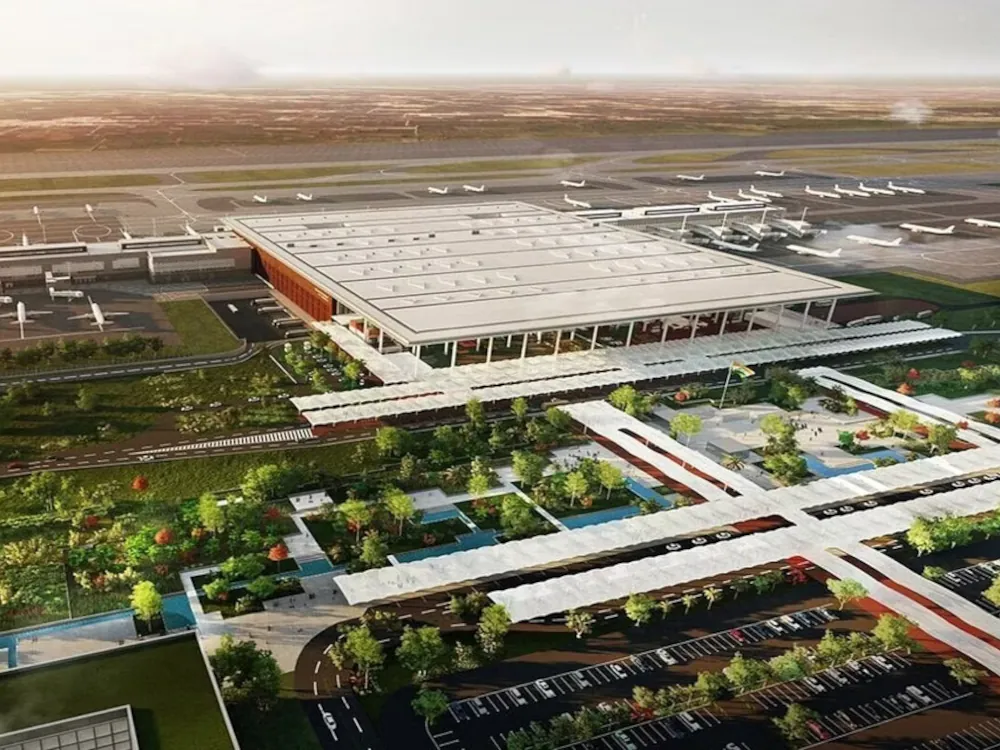Infrastructure Industry in India

Infrastructure development aids in the country's integration with global markets and low-cost global connectivity. Infrastructure services are required to increase corporate productivity and production by lowering production and transportation expenses.
There are significant advancements in India's transportation networks, including roads, railways, aviation, and waterways, and their impact on the country's economic growth. These infrastructure developments aim to enhance connectivity, reduce logistics costs, and position India as a global economic powerhouse.
The India Infrastructure Sector Market size is expected to grow from USD 186.24 billion in 2023 to USD 294.12 billion by 2028, at a CAGR of 9.57% during the forecast period (2023-2028). Already India has made a headway in building national highways in a big way connecting all passenger, trade and freight points. About 13,800 km of highways construction is envisaged with an outlay of Rs 2.81 lakh crore in 2023-24 alone, up 33% from a year ago. Although the rate of change in the infrastructure and construction sector has not yet been as rapid as in some other sectors, this is starting to change, and the change will be both significant and unstoppable.
-
Investment in Infrastructure: The Indian government had been making substantial investments in infrastructure development across various sectors, including transportation, energy, water resources, and urban development. Several flagship programs and initiatives were launched to boost infrastructure growth.
-
Roads and Highways: The "Bharatmala Pariyojana" was one of the major infrastructure initiatives aimed at the development of highways and road networks across the country. This program aimed to improve connectivity, reduce logistics costs, and enhance trade.
-
Railways: The Indian Railways underwent modernization and expansion efforts, including the development of dedicated freight corridors, station redevelopment projects, and the introduction of high-speed trains.
-
Urban Infrastructure: The "Smart Cities Mission" aimed at developing smart and sustainable urban infrastructure in 100 selected cities. This included the improvement of transportation, water supply, sanitation, and digital connectivity.
-
Renewable Energy: India was making strides in renewable energy infrastructure, including solar and wind power projects. The country set ambitious targets for renewable energy capacity, which led to investments in this sector.
-
Ports and Airports: The "Sagarmala" program focused on modernizing ports and improving coastal connectivity. Additionally, there were efforts to upgrade and expand airports to accommodate the growing air travel demand.
-
Digital Infrastructure: The government also emphasized digital infrastructure, including the expansion of broadband connectivity and the development of digital payment systems.
-
Foreign Investment: India continued to attract foreign investment in its infrastructure projects through measures like easing FDI regulations and promoting public-private partnerships (PPPs).